Last Tuesday morning, I left my flat in a light sweater and trench coat, feeling rather smug about my seasonally appropriate outfit choice. By noon, I was sweating profusely in surprisingly intense sunshine, the trench coat stuffed unceremoniously into my tote bag. At 4 PM, the heavens opened without warning, and I huddled in a shop doorway, coat back on but now soaked through. By the time I headed home, temperatures had dropped so dramatically I was genuinely contemplating buying gloves from the nearest Boots. Four distinct seasons, one increasingly disheveled fashion editor, and a day that perfectly encapsulated the unique meteorological torment that is British autumn.
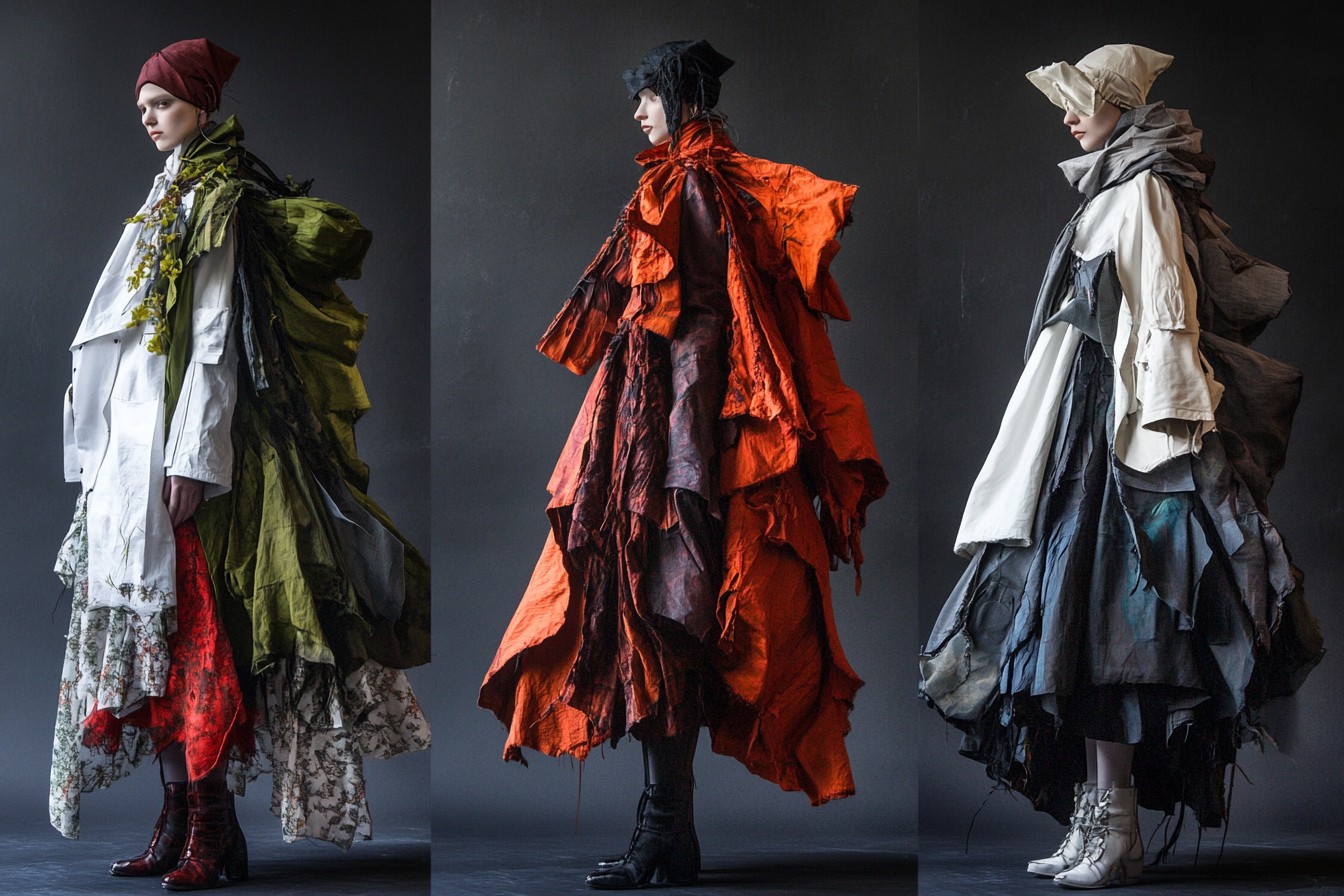
Our weather’s chronic identity crisis is a national in-joke at this point. We’ve built an entire small-talk culture around it. But as someone who’s expected to look somewhat put-together for work events regardless of what biblical weather patterns emerge throughout the day, I’ve had to develop strategies beyond carrying an emergency umbrella (though obviously, I do that too).
The autumn layering conundrum hit me particularly hard when I first moved to London from Sheffield for university. Back home, my solution was simple—just wear a proper coat and accept that you’ll probably be too hot indoors and too cold outdoors, but at least consistently uncomfortable. London life, with its mix of overheated tube journeys, frigid office air conditioning, unexpected downpours, and the general requirement to look like you haven’t just been through a meteorological war zone by the time you arrive at meetings, demanded more sophisticated solutions.
My first attempt at autumn layering was what I now recognize as Classic Beginner’s Error—simply wearing as many items as possible simultaneously. I’d pile on thin layers like I was preparing for an Arctic expedition, not a day that might hit 18 degrees by lunchtime. The result was perpetual mild dampness (attractive), restricted movement, and the constant social awkwardness of having to remove several items everywhere I went, dropping scarves and cardigans on questionably clean floors while muttering apologies.
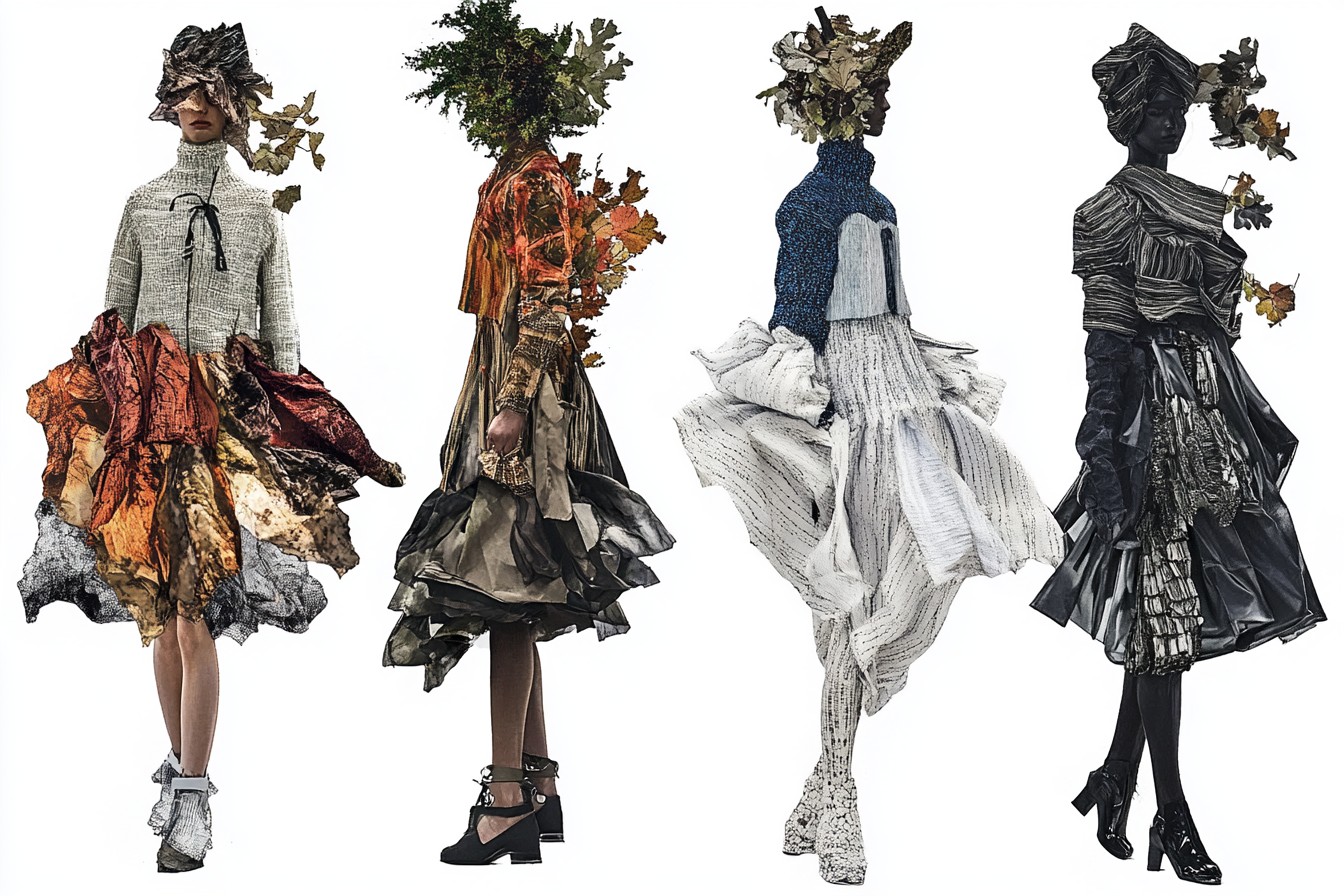
The turning point came during my second London autumn, when I found myself at an important industry event, having traveled there in pouring rain that gave way to unexpected sunshine. I arrived looking like I’d gone swimming in my clothes, with makeup sliding dramatically down my face. Standing in the venue bathroom trying to dry my shirt under the hand dryer while simultaneously fixing my mascara remains one of my most humbling professional moments. As I stood there, the fashion features director of a major magazine walked in, looking immaculate despite having presumably navigated the same weather. “British autumn,” she said sympathetically, before proceeding to unpack a tiny zip-up pouch from her handbag containing what appeared to be an entire emergency weather kit—mini umbrella, fold-up ballet flats, travel-size makeup, and even a small microfiber cloth. It was like watching Mary Poppins unpack her carpet bag.
“The secret,” she told me while I continued my pathetic hand-dryer maneuvers, “is strategic layers, not maximum layers.” That chance bathroom encounter genuinely changed my approach to dressing in this country’s most schizophrenic season.
Strategic layering, I’ve since learned, is both a science and an art form. At its core are several principles that have saved me from countless other hand-dryer incidents.
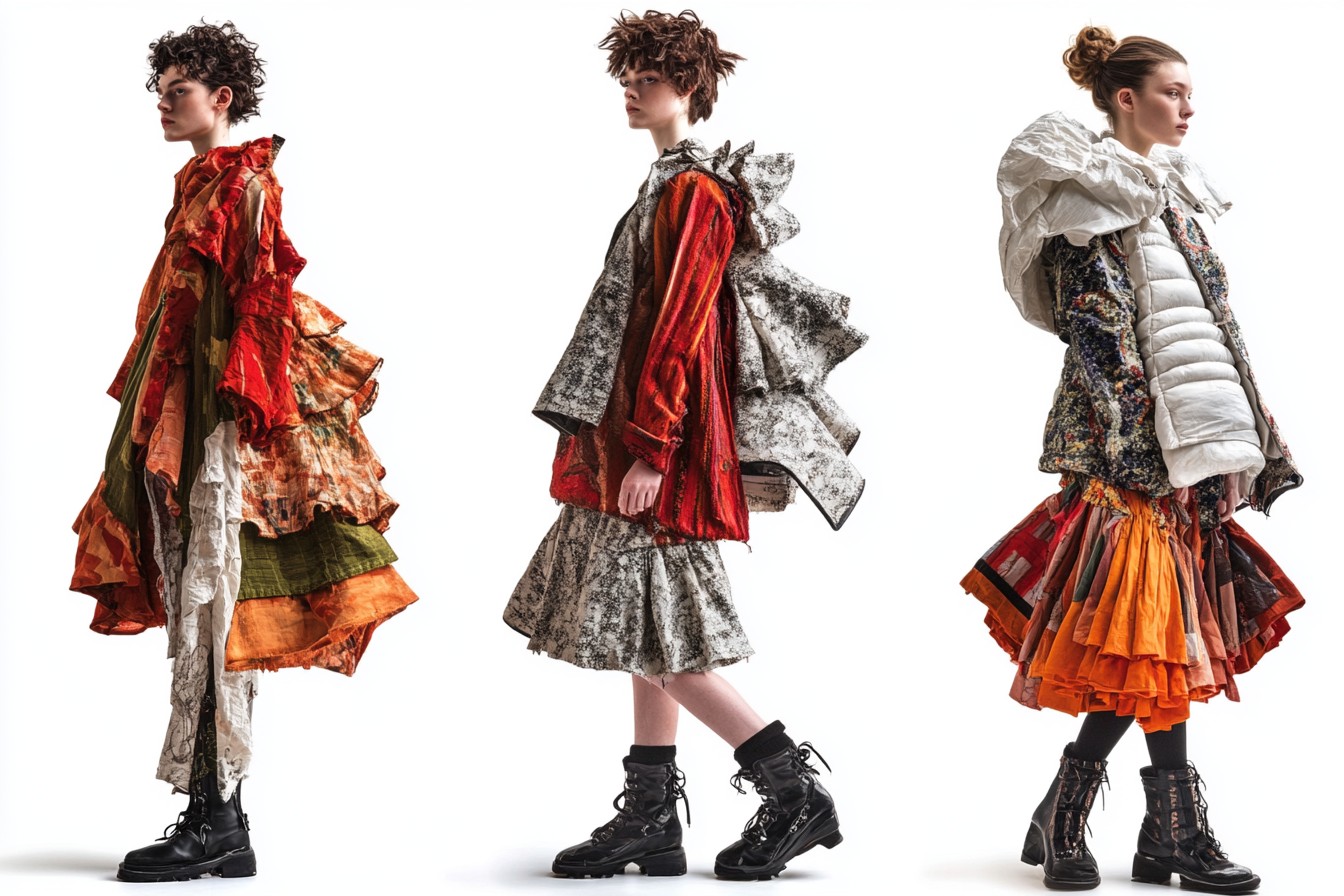
First, the foundation layer should be something that looks complete on its own during unexpected hot spells but pairs well with additional pieces. My go-to is usually a simple silk blouse or a fine merino wool jumper—both temperature-regulating natural fibers that don’t immediately broadcast sweat stains to the world (a crucial consideration). Cotton is lovely until you’ve been caught in rain and have to sit through a two-hour meeting with it plastered to your skin like cling film.
The mid-layer is where the magic happens. This should be something substantial enough to provide actual warmth but not so bulky it can’t fit under an outer layer. A fitted cardigan, lightweight jacket, or my personal favorite—the gilet, fashion’s most unfairly maligned item. Yes, I was once dismissive of them as something exclusively for countryside dog walkers and finance bros, but a well-cut gilet in a neutral shade provides crucial core warmth while leaving arms unencumbered. This is particularly valuable when transitioning between the Arctic conditions of outside and the tropical microclimate of the Central line.
The outer layer needs to accomplish several contradictory functions simultaneously: protect from rain, not be too hot, fold up relatively small, and still look stylish. After years of trial and error (and one disastrous white coat incident during an especially muddy fashion week), I’ve concluded that the ideal outer layer is a water-resistant trench in a mid-tone neutral. Light enough for milder days, substantial enough for proper cold snaps when layered correctly, and crucially, doesn’t show rain splotches like darker colors or dirt like lighter ones. The belt creates a silhouette even when wearing multiple layers underneath, preventing the “ambulatory duvet” look I was previously known for.
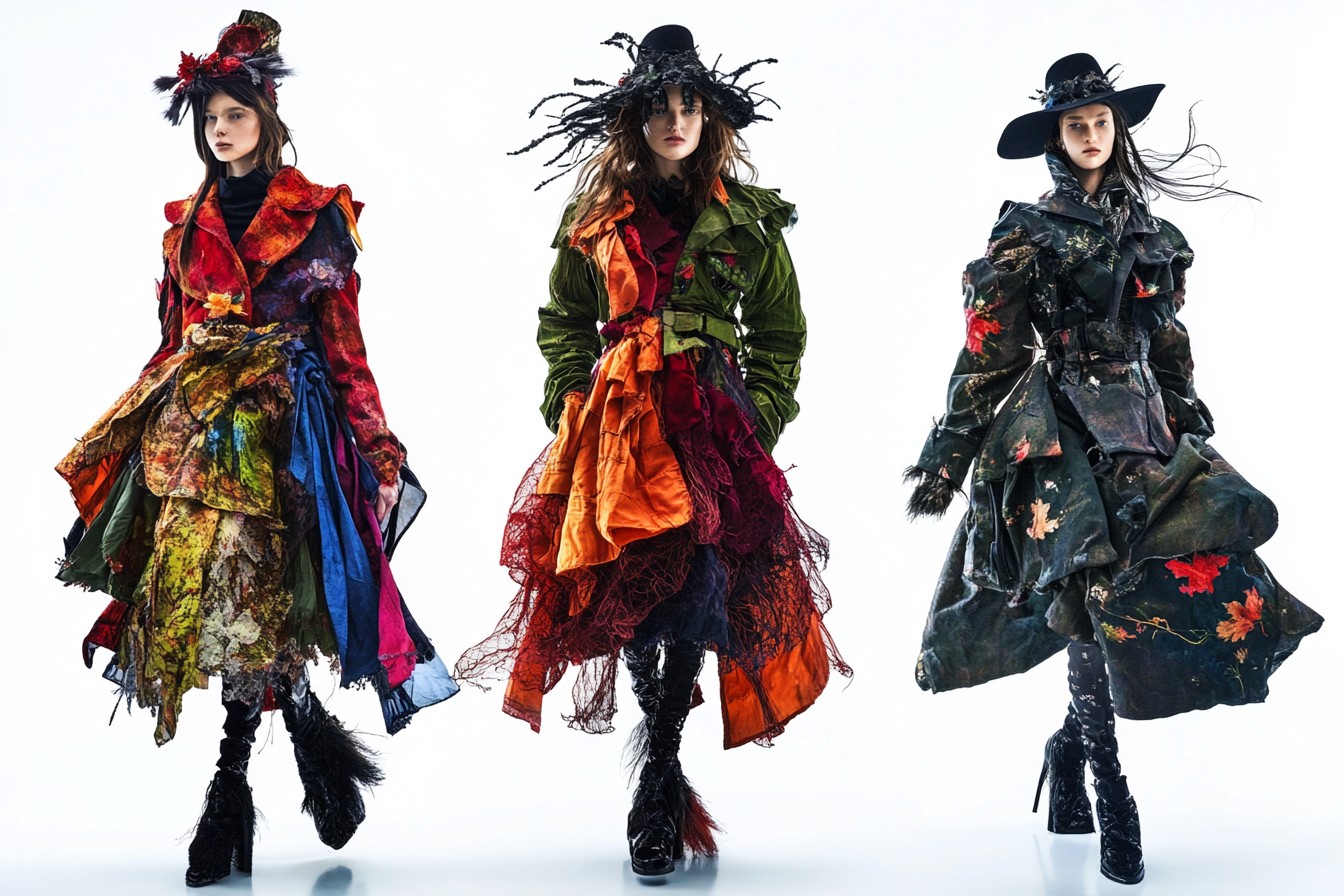
Accessories are the final frontier of autumn layering strategy. A lightweight scarf can be worn traditionally around the neck, used as a makeshift head covering during surprise showers, or even repurposed as a shawl in overzealously air-conditioned environments. I keep one rolled in my bag at all times from September through November. It’s saved me from pneumonia at least three times and doubled as an emergency outfit refresher more times than I care to admit.
Footwear presents perhaps the greatest autumn challenge, as anyone who’s ever spent a day with sodden feet can attest. The dream scenario is waterproof shoes that don’t look waterproof, a category that has thankfully expanded beyond wellies and hiking boots in recent years. My current rotation includes leather Chelsea boots treated with protective spray, loafers in a waterproof finish that genuinely don’t look like they belong on a fishing trip, and for dressier days, block-heeled ankle boots that can handle puddles without sending me skating across wet pavements.
The true layering masters I’ve observed over years of fashion industry people-watching have a couple of additional tricks. One editor I know swears by dresses over trousers—the dress providing a complete look for unexpected warm spells, the trousers underneath ready for temperature drops. A stylist friend always wears a thin thermal top underneath everything from September onwards, invisible but providing crucial warmth without bulk. Another has all her autumn coats tailored with slightly wider arms specifically to accommodate extra layers without creating the Michelin Man effect.
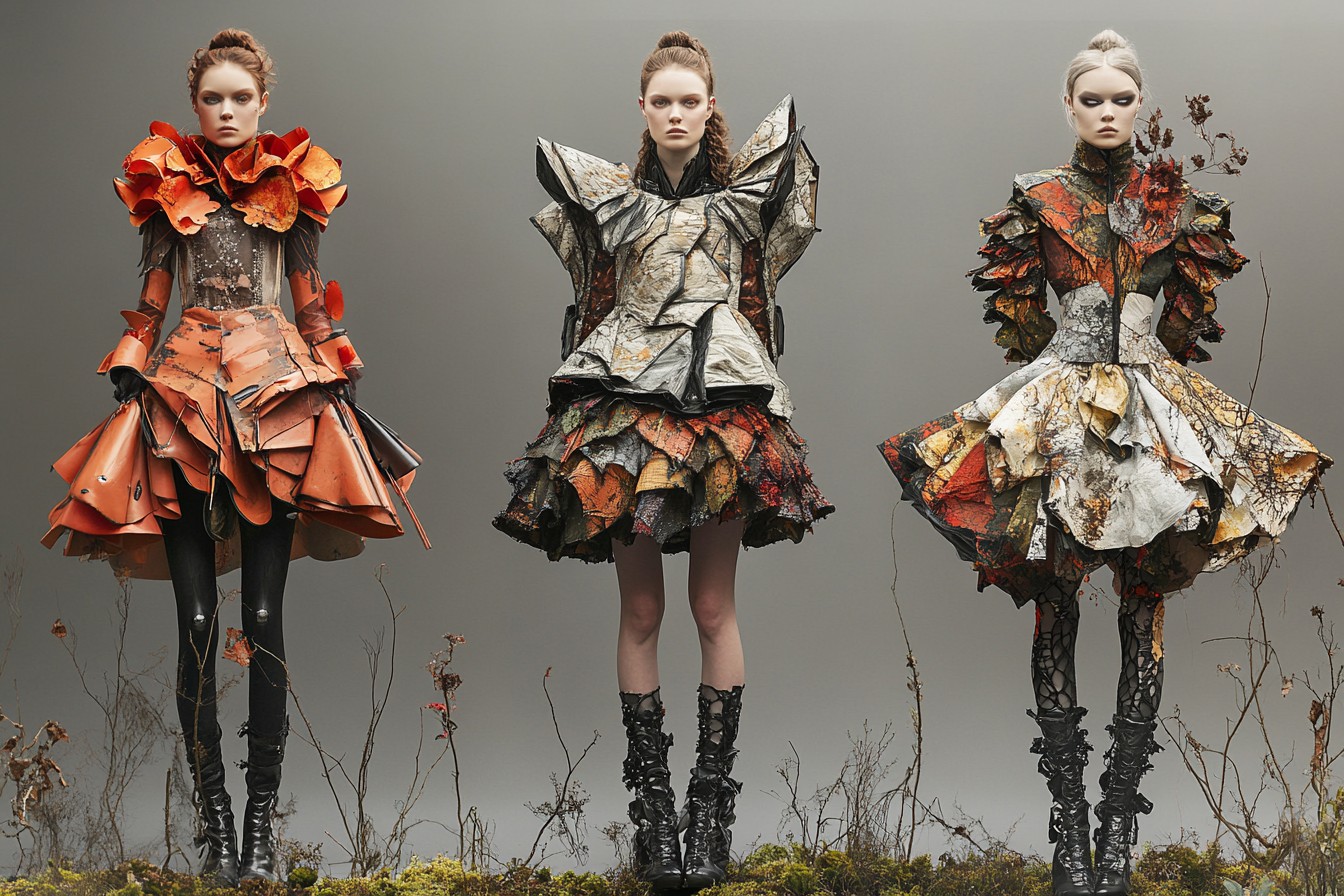
But the most sophisticated autumn dressers I know all subscribe to the capsule approach—a small selection of pieces specifically chosen to work together in multiple combinations depending on the day’s meteorological mood swings. This prevents the frantic morning wardrobe rummaging I’m still occasionally guilty of, trying to assemble an outfit with the weather app open, attempting to interpret exactly what a 60% chance of precipitation actually means for my footwear choices.
My own autumn capsule has evolved through years of trial, error, and at least three memorable outfit disasters (including the Great Suede Shoe Incident of 2018, which we shall never speak of again). It now includes two weights of merino jumpers, several silk blouses, a waterproof trench, a heavier wool coat for genuine cold snaps, that controversial-but-essential gilet, and legwear options ranging from lighter trousers to heavyweight denim to thick tights with skirts. Everything can be mixed and matched, layered or worn alone, and crucially, nothing is precious enough that I’ll cry if it gets caught in unexpected hail (a very real consideration in our meteorological lottery).
The payoff for mastering this very British skill isn’t just practical—it’s psychological. There’s something deeply satisfying about moving smoothly through a day that throws everything from bright sunshine to sideways rain at you without ever feeling uncomfortably hot, uncomfortably cold, or uncomfortably wet. It creates a sense of control in the face of nature’s most capricious season, a quiet confidence that comes from being prepared for anything.
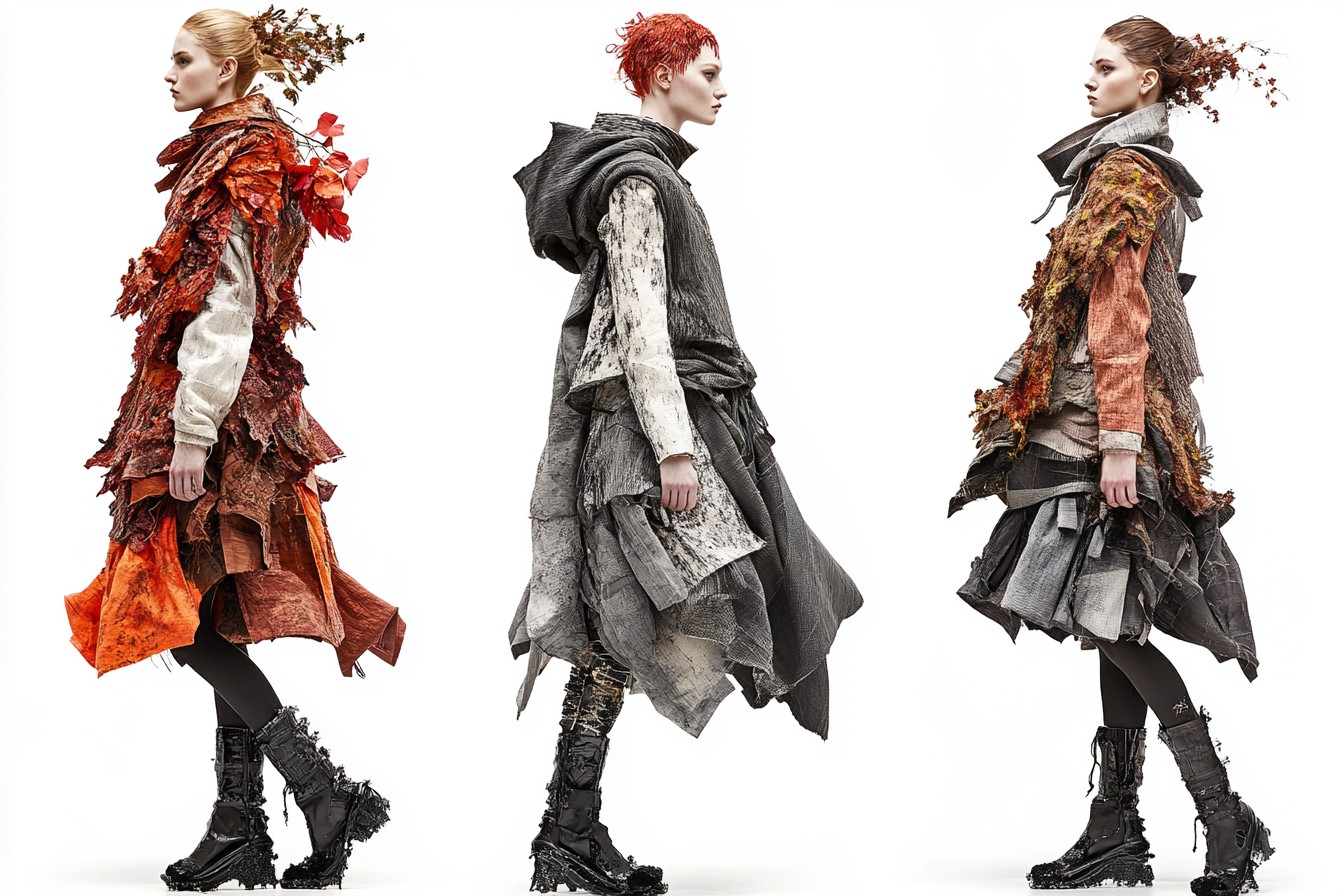
This confidence was tested last autumn when I had back-to-back appointments across London on a day featuring what the BBC weather presenter cheerfully described as “very changeable conditions.” By this point, I’d refined my system to the point where my tote contained a lightweight packable raincoat, foldable ballet flats, and a cashmere scarf, while I wore a silk-blend thermal top under a merino jumper, with water-resistant ankle boots. As predicted, the weather cycled through about six different conditions during the day, including one downpour so intense it actually bounced back up from the pavement.
I arrived at my final meeting of the day—with a notoriously intimidating editor-in-chief—to find her looking uncharacteristically frazzled, having been caught in the same downpour. Meanwhile, I’d seamlessly transitioned through my layers, adapting to each weather shift without missing a beat. “How are you so dry?” she asked accusingly as we sat down. “Lots of practice,” I replied, feeling for possibly the first time in our professional relationship that I had the upper hand. Autumn layering mastery: better than any power suit for confidence boosting.
Of course, there are still autumn days that defeat even the most strategic layerer. The “atmospheric river” that descended last October couldn’t be conquered by even the most technical fabrics. Sometimes you just have to accept that British weather will humble you occasionally, regardless of preparation. During one memorable fashion week downpour, I witnessed Anna Wintour herself looking slightly damp around the edges—perhaps the most democratizing moment in fashion history.
As I write this, I’m looking out at skies that have cycled through bright blue, ominous grey, and curious yellowish within the past hour. My outfit today includes a light cashmere jumper that can stand alone if the sun decides to make a proper appearance, slim trousers that won’t drag in puddles, ankle boots treated with enough waterproofing product to survive a small flood, and a trench coat currently draped over my chair. My tote contains an umbrella, a packable rain hat I pretend is much chicer than it actually is, and a lightweight scarf in case the office air conditioning wages its usual war against human comfort levels.
Am I slightly over-prepared? Perhaps. But in a country where we’ve collectively agreed that discussing the weather isn’t small talk but rather vital strategic information exchange, proper layering isn’t just about fashion—it’s about survival. Or at the very least, about not having to dry your shirt under a hand dryer while a fashion director watches sympathetically.
So as we navigate this season of meteorological chaos, I raise my travel umbrella to fellow strategic layerers across Britain—silently acknowledging each other as we smoothly transition between layers while tourists around us get caught in downpours wearing entirely inappropriate footwear. We may not be able to control the weather, but we can certainly control how prepared we are for its mood swings. And in typical British fashion, that quiet preparedness, that stiff upper lip in the face of horizontal rain, feels like its own small victory.
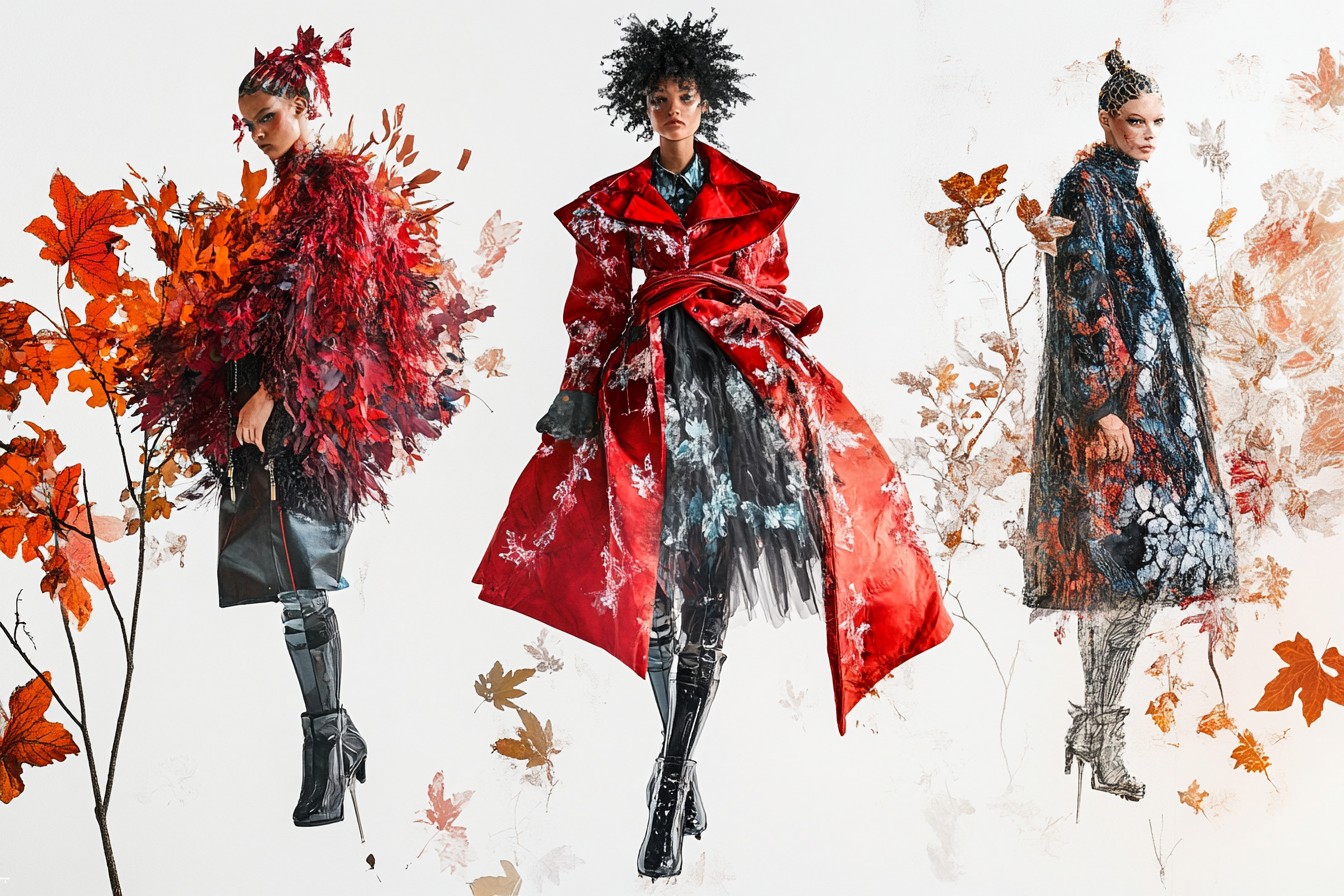
Leave a Reply